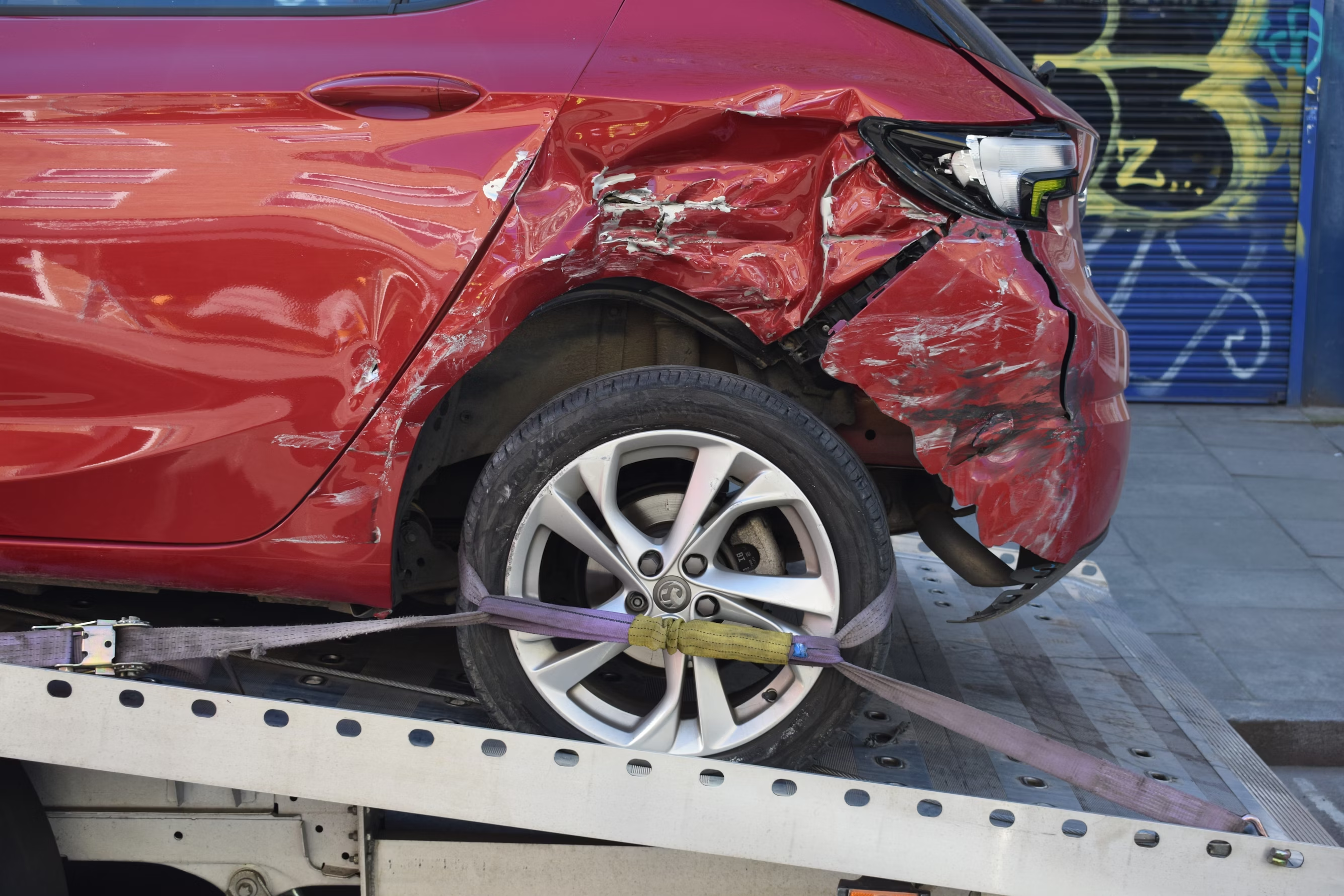
Fated Encounters: Motor Vehicle Accidents
The celebrated Spanish artist Pablo Picasso did not believe in accidents and said, “There are only encounters in history. There are no accidents”. Although Picasso was speaking in the abstract, his words do resonate in the context of motor vehicle accidents. Many collisions may arise out of chance, fluke, or unintentional behaviour, but many more are caused by the intentional behaviour of drivers and, though called accidents, are in fact fated encounters. In this blog, we review the law related to the top three intentional behaviours that cause motor vehicle “accidents” to occur: distracted driving, careless driving, and driving under the influence.
Distracted Driving
If a driver is distracted while driving, the chances of that driver causing a collision increase by more than twenty times. In Ottawa, and the Province of Ontario as a whole, distracted driving is the number one cause of car accidents.
Distracted driving is governed by Section 78.1 of Ontario’s Highway Traffic Act, and prohibits drivers from texting, emailing, typing, dialing, and calling without hands-free mode on a hand-held communication or entertainment device while driving. If a driver violates this law, they may be subject to a fine between $400.00 and $1,000.00 and also have three demerit points applied to their driving record.
Where a driver violates the distracted driving law and endangers the lives of others as a result, that driver may also be charged with careless driving under Section 130 of the Highway Traffic Act. This means that, if convicted, the driver would receive a fine of up to $2,000.00, and/or a six-month jail sentence, and up to a two-year suspension of their driver’s license. If the distracted driving has more serious consequences, such as injuring others, then the driver might be charged with dangerous driving under Section 249(3) of the Criminal Code. The penalty under the Criminal Code for this offence is a jail term of up to five years.
Careless Driving
Careless driving (also known as “reckless driving”) takes many forms and includes aggressive driving or “road rage”, tailgating, speeding, failing to yield the right of way, erratic lane-changing, unsafe merging, and cutting in front of another driver.
Such driving behaviours constitute an offence under Section 130 of Ontario’s Highway Traffic Act which states that careless driving occurs when a person drives without due care and attention or without consideration for other drivers and pedestrians. If a driver violates this law, they may be subject to a fine between $400.00 and $2,000.00, face the possibility of six months in jail, and receive up to a two-year suspension of their driver’s license.
If a driver causes an accident and injures others as a result, they may be charged with dangerous driving under Section 249(3) of the Criminal Code, R.S.C. 1985, c. C-46, as amended. The penalty under the Criminal Code is a jail term of up to ten years.
Driving Under The Influence
Driving under the influence is governed by Section 253(1) of Canada’s Criminal Code which states that it is an offence to operate a motor vehicle, or have care or control of a motor vehicle, whether it is in motion or not, if a person’s ability to operate the vehicle is impaired by alcohol or a drug. The amount of alcohol in your body is measured by blood alcohol concentration (BAC). Section 253(1)(b) prohibits a driver to have a BAC of more than eighty (80) milligrams of alcohol in one hundred (100) milligrams of blood (0.08 – also known as the “legal limit”).
However, in Ontario, a driver’s BAC does not need to exceed the legal limit to result in serious consequences. Section 48 of the Highway Traffic Act provides that if a driver’s BAC measures between 0.05 and 0.08 (also known as the “warn range”), they may face an administrative driver’s licence suspension. Novice and young drivers (under 21 years old) must maintain a BAC of zero while operating a car (Section 44.1 of the Highway Traffic Act).
Section 253(2) of the Criminal Code clarifies that impairment also includes impairment by a combination of alcohol and a drug or drugs. These drugs include illegal narcotics and prescription or over-the-counter medication. The penalties under the Criminal Code for driving under the influence range from a fine of no less than $1,000 to a prison term of up to ten years for causing bodily harm and up to life imprisonment for causing death.
Close to Home
These types of behaviour, coupled with poor winter conditions cause hundreds of accidents in Ottawa each year, with a total of 26 fatalities in 2016 alone. Thus, we wanted to shed light on these types of behaviour causing motor vehicles to help caution drivers. Moreover, in a recent article, published on November 6th in the Ottawa Citizen, titled, These Ottawa intersections had the most collisions in 2016, the author spotlights some of Ottawa’s most dangerous intersections, half of which occur along Hunt Club Road. We encourage anyone on the roads to have a look at these intersections and drive safely.






Follow Us